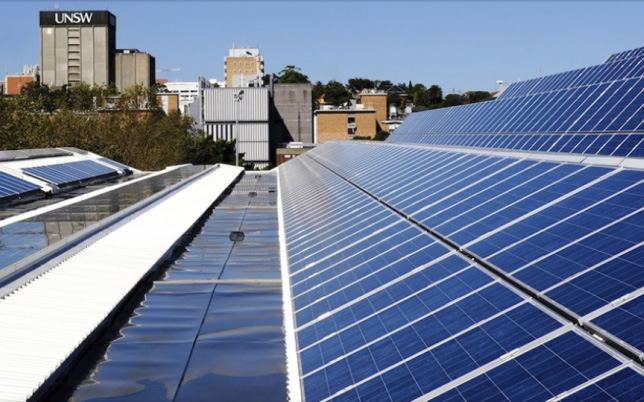Summary
The project aims to develop advanced yield and financial modelling methods from first principles to improve the precision of predicted performance of utility-scale solar photovoltaic (PV) plants. In addition, the project will study the operations and maintenance (O&M) requirements of ground-mounted racking systems, focusing on significantly reducing cost and environmental impact.
Need
This project is funded under the ULCS PV Research and Development Round and will build on ARENA’s previous investment into solar PV that support projects aligning with ARENA’s ‘Solar 30 30 30’ target to improve module efficiency to 30 per cent and reduce total construction costs of utility scale solar farms to 30 cents per watt by 2030. Funding is being made available to focus on commercialisation prospects, which will take place after an initial R&D phase, to assist getting the new technologies into the market.
In order to achieve the highest possible financial return on investment, giga-scale solar projects must account for a variety of factors that can impact yield. This includes everything from component selection, durability and efficiency to system design and operation and heat island effects. Ideally, this can be done for emerging and future technologies. This is particularly relevant for the Australia-Asia PowerLink (AAPowerLink) developed by Sun Cable, to be the world’s largest solar farm, storage system, and high voltage direct current transmission line. This will be located in the Northern Territory to deliver dispatchable renewable power to Darwin and Singapore.
Action
The project will address the need by significantly improving energy and financial prediction using first principles modelling, and accounting for uncertainties in performance and cost variables. A particular focus will be on improving the thermal modelling of giga-scale PV systems, including the potential impact of heat islands. The models will be validated using data collected at Sun Cable’s Technology Research Park (TRP) in the Northern Territory.
The O&M strategy for the 5B MAVERICK will be optimised using extensive experiments at Sun Cable’s TRP, with an aim to reduce O&M costs by at least half from 2022 estimates. Various O&M strategies will be tested and holistically assessed while considering the impact of the ultra-large-scale multi-gigawatt-scale solar farms on the local flora and fauna and First Nations’ cultural heritage.
Outcome
The innovative yield and financial performance model that will be developed during the project will be the ideal tool to select the best available system components (mounting structures, PV modules), as well as inform their development efforts, leading to material costs reductions and consequently a lower levelized cost of electricity (LCOE). This will be enabled by the integration of probabilistic modelling, allowing sensitivity assessment of a wide range of input parameters at a very early stage. The project will also determine the optimal O&M strategy for the MAVERICK while also considering the wider impact on other stakeholders.
UNSW and project partners, Sun Cable, 5B, and PV Lighthouse intend to commercialise the technologies developed in this project both jointly and independently. For example, Sun Cable expects that this proposed project will allow a reduction in delivered power prices of up to 15% enabled by the lower return on investment risk.




